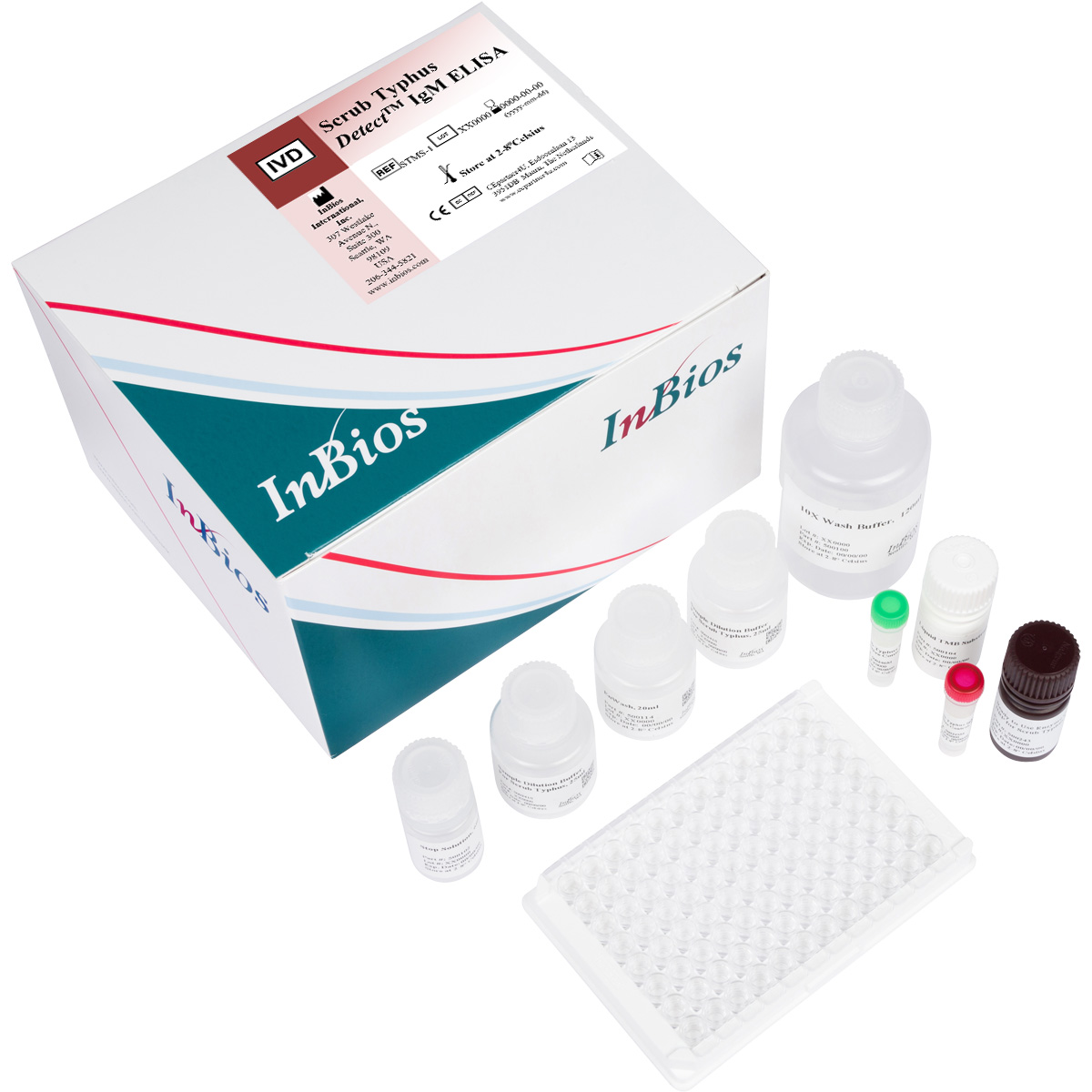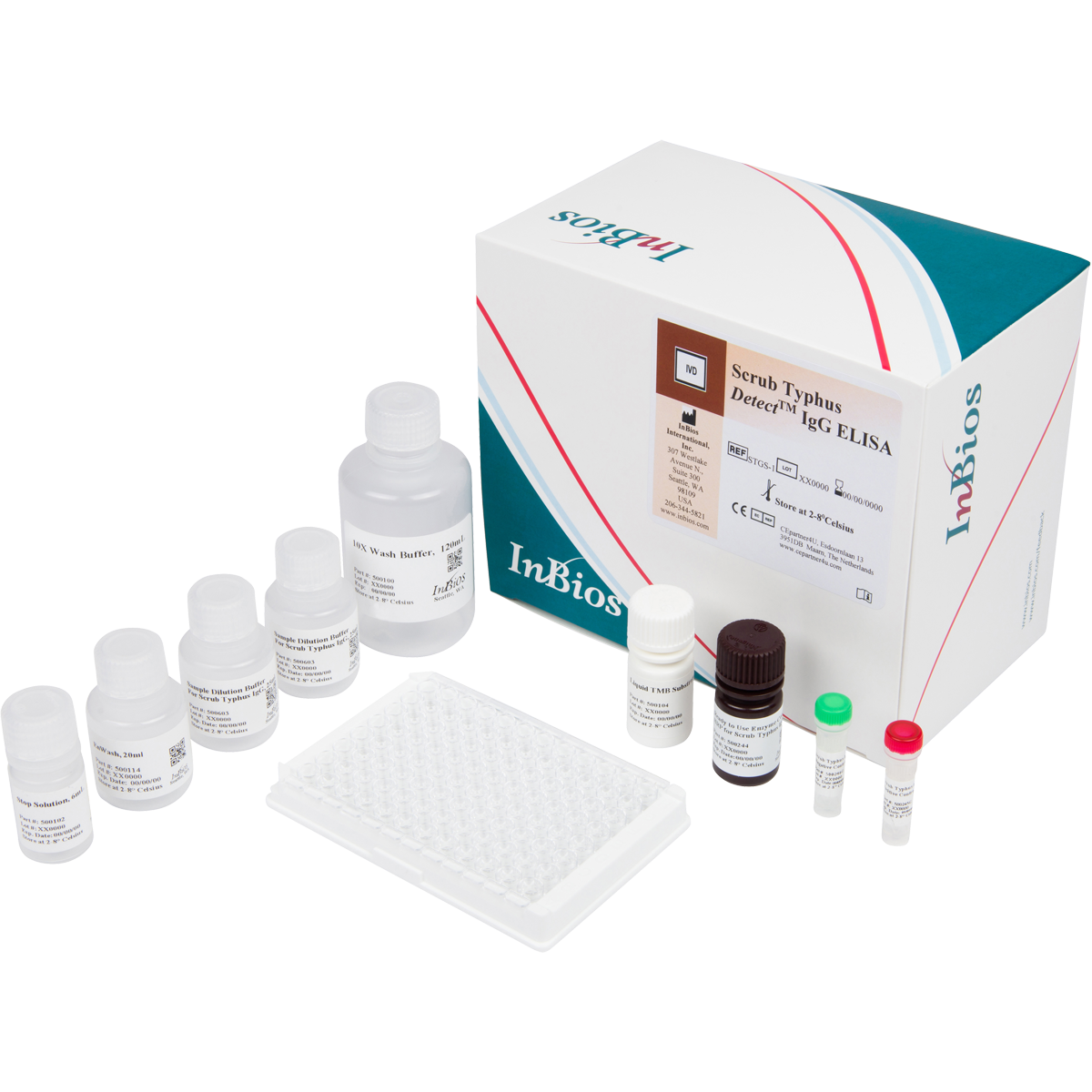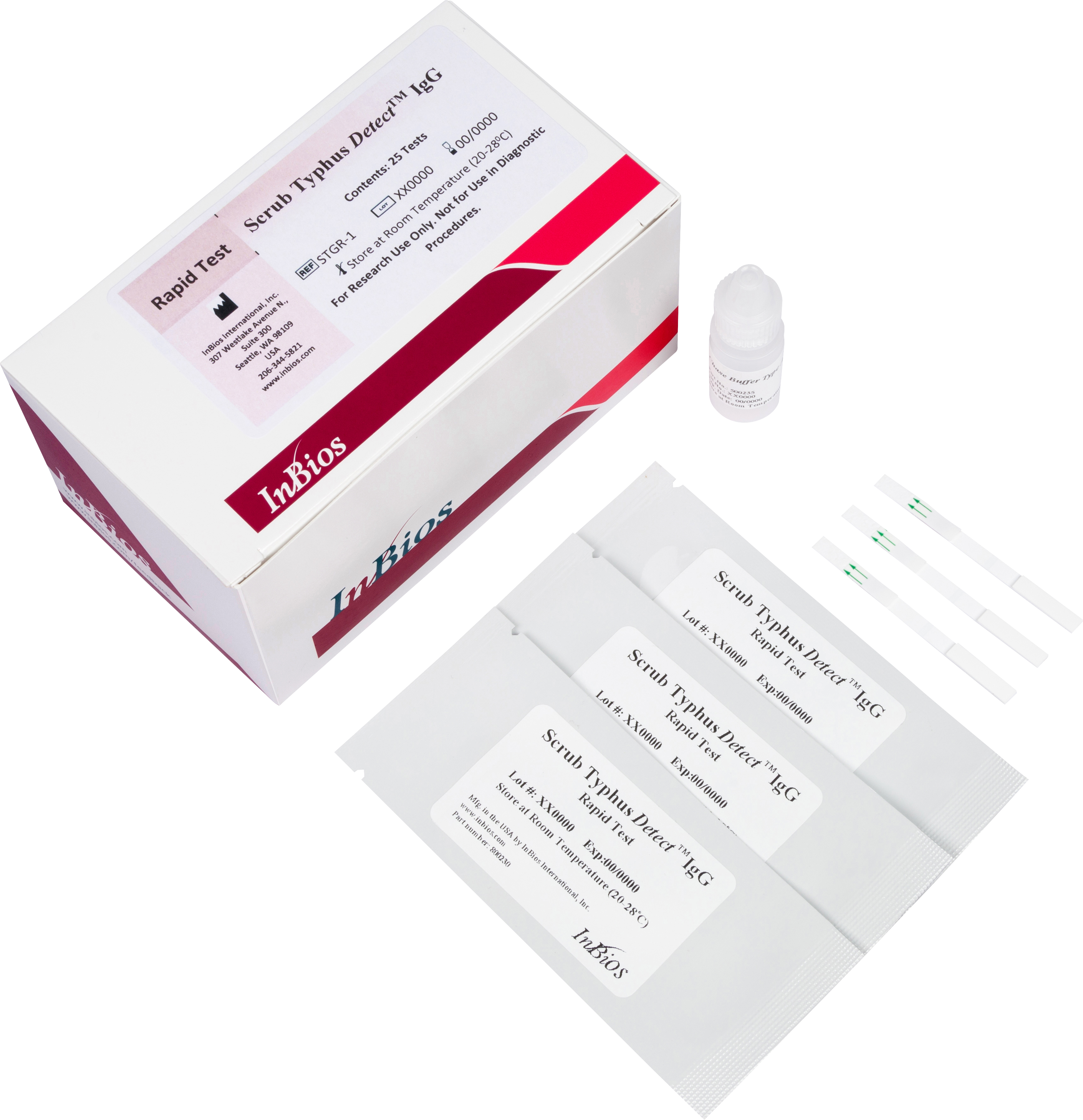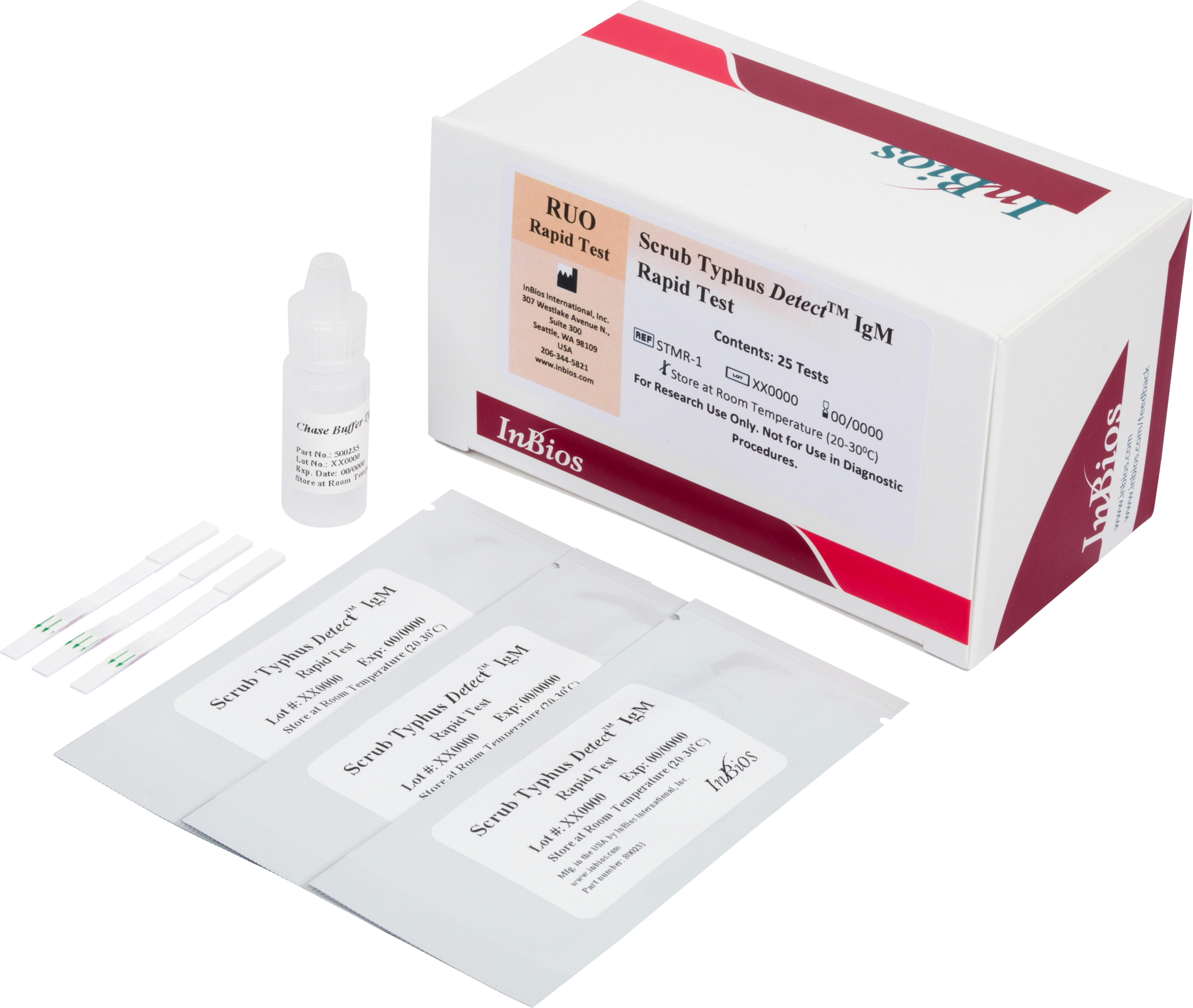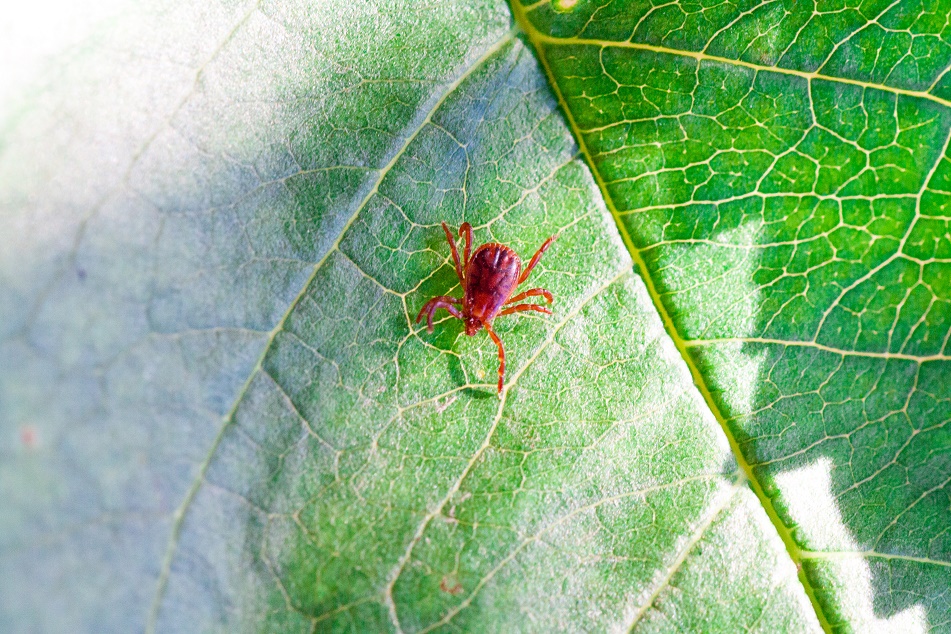
What Is Scrub Typhus?
Scrub typhus, also known as bush typhus, is a potentially life-threatening disease caused by bacteria called Orientia tsutsugamushi. Spread through the bite of a tiny chigger, scrub typhus manifests as a nonspecific febrile illness that is difficult to identify. The most common symptoms of scrub typhus include fever, headache, body aches and rash, which usually begin around 10 days after infection. If left untreated, severe illness from scrub typhus infection can lead to acute respiratory distress syndrome (ARDS), shock, meningitis and kidney failure, which can be fatal. Recently, the WHO identified encephalitis – which can be caused by an infection such as scrub typhus invading the brain – as an increasing threat to global health and stating the need to improve prevention, diagnosis and care.
Epidemiology
More than 1 billion people globally are at risk of scrub typhus, with an estimated 1 million new cases annually. The primary endemic region for scrub typhus is referred to as the ‘Tsutsugamushi Triangle’, covering over eight million square kilometers and stretching from the Russian Far East in the north to Pakistan in the west, Australia in the south and Japan in the east. The majority of cases occur in rural areas where mite-harboring vegetation is common. The WHO classifies scrub typhus as a neglected tropical disease and a major public health issue in the Asia-Pacific region. Globalization and increased travel have contributed to infected individuals being found in areas outside the endemic regions, heightening concerns about the broader reach of scrub typhus. Scrub typhus is one of the top 10 causes of acute, potentially life-threatening illnesses among travelers returning from tropical regions. The World Health Organization (WHO) classifies scrub typhus as a neglected tropical disease and a major public health issue in the Asia-Pacific region.
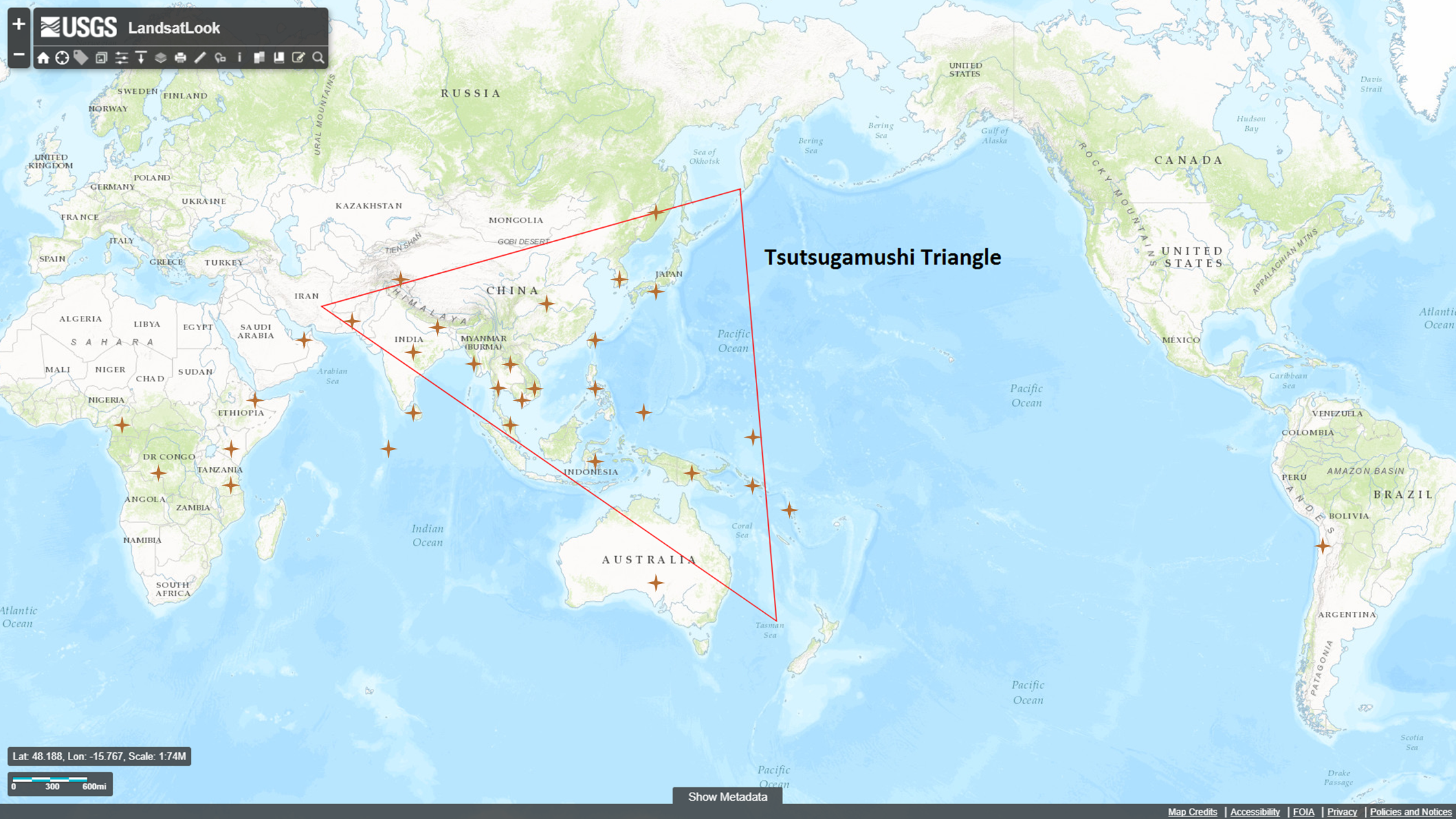
Mapping the Tsutsugamushi Triangle.
Source: “A Review of the Global Epidemiology of Scrub Typhus”
Diagnosing Scrub Typhus
Serologic assays are the most frequently used methods for confirming cases of scrub typhus. The indirect fluorescent antibody (IFA) test is generally considered the gold standard, but is usually not available in low and middle-income countries where this disease is endemic. ELISA is the most widely used among all serodiagnosis methods for the detection of scrub typhus due to better sensitivity and specificity. Rapid diagnostic tests are being developed and evaluated as they would be especially useful in resource-poor settings.
Products
InBios has responded to the need for high quality reliable diagnostics for scrub typhus. Explore our serology products below or contact our sales team for more information.


